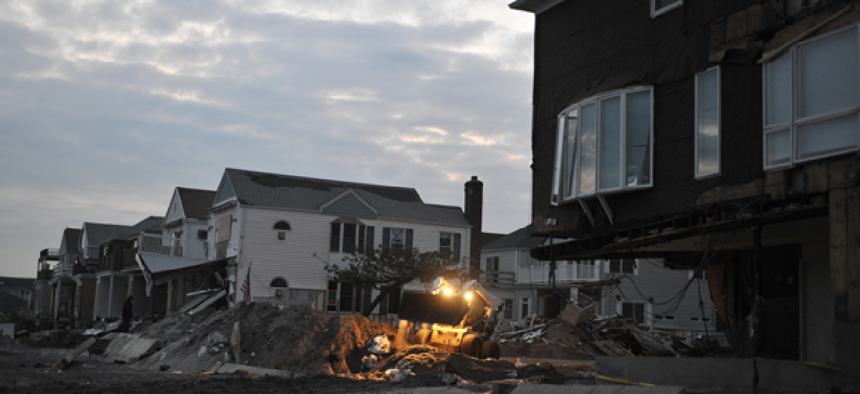Local gov: Energy infrastructure critical in disaster response

Local governments cite the importance of energy systems planning for disaster response.
What: “Local Government Energy/Environment Technology Priorities for 2015,” a survey by the Public Technology Institute that suggests the top priorities for local officials involved in energy, environmental, sustainability and technology are the same as government IT managers': funding, aging infrastructure and disaster mitigation and preparedness. Issues following closely behind are security, the role of GIS and keeping up with technology and workload pressures.
When asked, “What did we miss that keeps you up at night,” respondents cited the failure of information and data sharing between utilities and municipalities, environmental management systems, keeping up with technology updates and statewide consistency in renewable energy standards.
The respondents serve more than 40 million people, and come from energy, environment, public works, sustainability and facilities officials from cities and counties across the country.
Why: Because local governments are first responders, they appreciate the “interdependencies between energy systems and communications, transportation, emergency management and other infrastructure systems that are critical at the local level of government,” the report said.
After Super Storm Sandy proved the vulnerability (and expense) of energy supply and distribution systems, local government officials pushed disaster mitigation and preparedness to the top of their priorities list.
Energy assurance planning is more expensive if local governments have to develop plans in the wake of a disaster. According to PTI, such preparedness supports energy efficiency and sustainability efforts because energy enables the finance, communication, health and transportation systems that stabilize and protect the public in times of crisis.
Based on these results, PTI exhorted local agencies to raise the profile of their energy, environment and sustainability departments, continue to grow educational initiatives and create a research agenda for 2015 forward.
Get more: Find the full report here.
NEXT STORY: IoT: Is tech the easy part?





